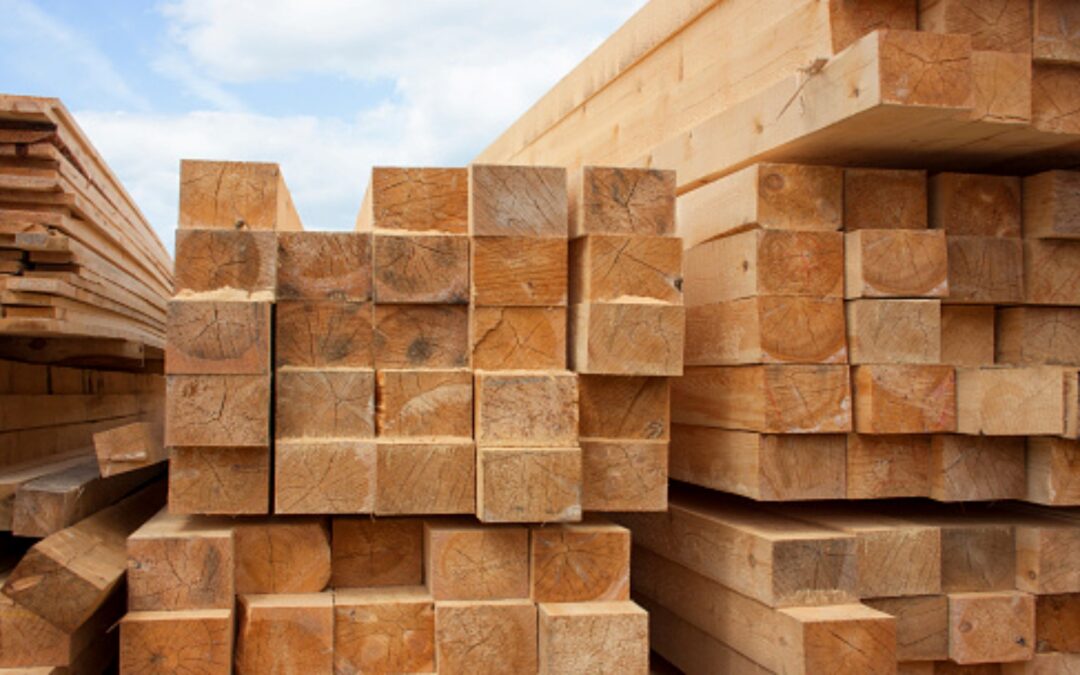Over the past few years, lumber prices have skyrocketed. According to the National Association of Home Builders, prices went up by 30% between Hurricane Harvey in August 2017 and January 2018. At the time, this price was higher than any prices on record since NAHB started keeping such records in 1995. March of 2018 saw lumber futures climb even higher, over $520 per 1,000 board feet, up from January’s numbers, which climbed between $420 and $460 per 1,000 board feet.
These days? Although the reasons for it have changed, lumber prices are still soaring higher and higher. Today, these higher prices are in large part due to the pandemic creating chaos throughout markets. New numbers from the National Association of Home Builders shows that since mid-April of 2020, lumber prices have risen by 130%, and those increased costs have increased the cost of single-family homes more than $16,000 on average.
With these thoughts in mind, here are some of the causes of these rising costs—and a quick look into the future concerning both lumber prices and how these prices will affect housing costs.
Why are Lumber Prices High?
There are a variety of factors coming together all at once to affect lumber prices. Over the past few years, demand has increased dramatically while supply has tightened. For starters, growth of gross domestic product in all major economic regions of the world is fueling something of a world-wide construction boom. In the U.S. alone, single family home construction increased 7% between January 2017 and January 2018.
With the pandemic, the amount of lumber being used in construction continues to rise. Surprisingly, housing starts are up, showing an increase of about 17% between May and July. With that, other areas are placing demand on the lumber industry. More DIYers are doing projects like decks so that they have a place to get outside during these troubled times, and restaurants across the U.S. are using more and more lumber to build outdoor seating and dining areas.
Meanwhile, the lumber industry has faced struggles of its own with shutdowns and a decreased demand for timber in other areas, like paper manufacturing and home goods, where downturns have been steep. All of this is combined with the fact that several years ago, the U.S. raised import duties on Canadian lumber, which has been causing a supply shortage in the U.S. as Canada exports less lumber southward.
Pandemic aside, there are also the rising costs of everything going into lumber production—labor, transportation, containers and so on, all costing more across the board, which drives up the cost of lumber regardless of supply or demand. The cost of a flatbed truck to haul lumber, for instance, went up 24% between January 2017 and January 2018.
Where are Lumber Prices Right Now?
In some cases, lumber prices have doubled and tripled over the past year. OSB board prices, for example, were three times higher in September 2020 compared to September 2019. Other prices have gone way up, too. Western SPF 2x4s, for example, have gone up 158% over the past year, studs have risen 164%, and southern pine has gone up 147%.
Will Lumber Prices Stay High?
Back in 2018, experts were saying that with the current chaos in the lumber markets, prices were expected to be high through 2020. After that, costs were expected to come down.
Now that COVID-19 is here to stay, however, things have become much more unpredictable. In order for prices to come down, several things need to happen. In the U.S., lumber production will need to increase to cover the lost supply from Canada or Canadian import duties will need to come down so that Canada can export more lumber to the United States. Shutdowns within the lumber industry will need to come to an end, and timber producers will need to increase the amount they’re producing in order to bring costs down.
Once these things start to happen, lumber prices should fall—but when that may happen depends on when life will return to “normal,” and no one knows when that might happen or how quickly lumber prices may fall when it does happen.
How Does This Affect Housing Costs?
If you’re a builder, the rising lumber costs aren’t necessarily bad news. Of course, the higher price means that not only are housing costs going up, but mortgage costs are rising as well. The cost of single-family homes has risen by $16,000 on average—but the good news is that buyers are very willing to pay that higher price.
Back in January 2017 and January 2018, housing starts were up all over the country—7% among single family homes. Between May and July of 2020, housing starts went up by an incredible 17% across the country. This number is down about 4% over 2019 numbers, but it still reflects that buyer confidence is high.
Part of the reason for housing remaining steady despite the pandemic is that mortgage rates are at all time lows. In July, average rates for 30-year fixed mortgages dipped beneath 3%, which is the first time rates have gone so low since Freddie Mac started to track this data in the 1970s.
Lumber prices are up, astronomically so compared to prices over the last two decades, but they are expected to come down as the pandemic eases. Meanwhile, a high demand for new construction, particularly single-family homes, means that builders in the United States should quite easily be able to weather the volatile lumber market for the foreseeable future.
(Source: Michael Flood, New England Building Supply)

